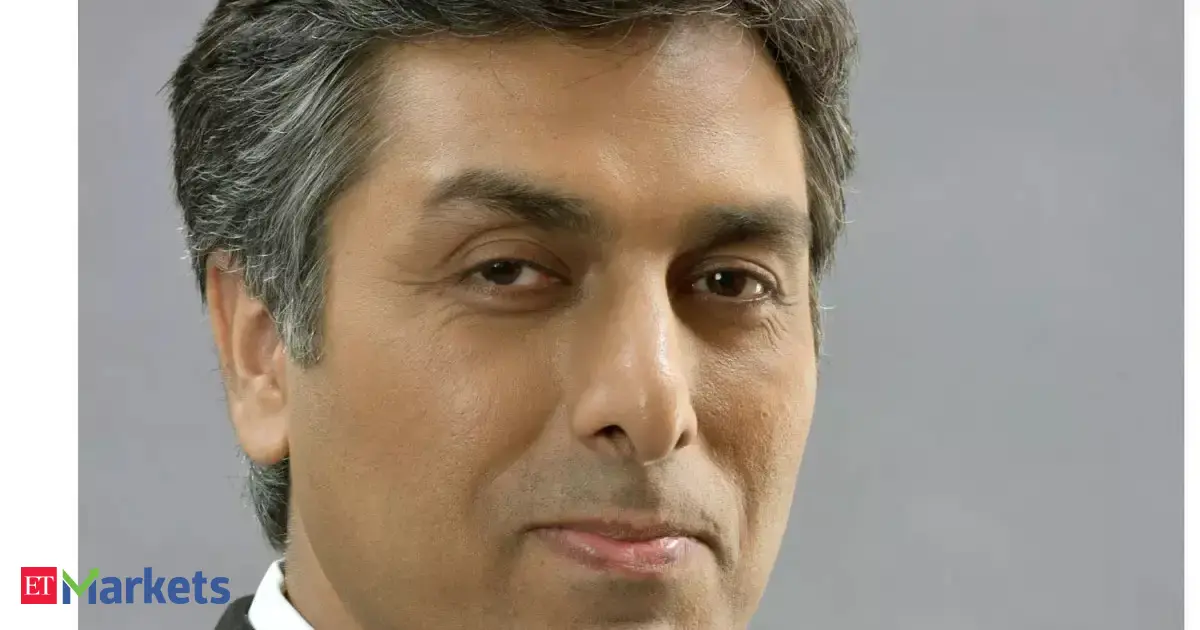Catherine Collins
Sat, Apr 12, 2025, 5:04 AM 3 min read
Suze Orman is the author of several best-selling money books and hosts the podcast Women & Money. In a podcast episode, Orman gave important investing advice that she believes all her listeners should follow.
Find Out: Here's the Minimum Salary Required To Be Considered Upper Class in 2025
That advice is to diversify. She believes that too many people invest in only one asset type, like real estate, which can lead to significant risk. Instead, she said it’s better to own multiple types of assets, and Orman has a point.
The HSBC Affluent Investor Snapshot for 2024 showed that affluent investors owned an average of four asset classes, such as cash, real estate, public equities, and fixed income.
Orman shared a story about a previous client who had three paid-for homes that she rented in the San Francisco hills. The client had no other investments and didn’t listen to Orman’s advice to diversify. Sadly, that client lost all three homes due to a significant weather event.
This story is a poignant reminder of why it’s important to diversify your investments. All investments, whether it’s houses, stocks, or cryptocurrency, have risk. And many events can impact the performance of investments, from natural disasters to elections.
Discover Next: I’m a Self-Made Millionaire: 5 Stocks You Shouldn’t Sell
Orman isn’t the only financial expert who supports diversifying assets. It’s actually a part of a Nobel-Prize winning theory called Modern Portfolio Theory (MPT). Harry Markowitz, who won the Nobel Prize in 1990 for MPT, showed that building a diversified investment portfolio can maximize returns and minimize risk.
For example, if you own stocks, bonds, and real estate, your stocks might do well even if the bonds don’t. Additionally, your real estate could retain value, even in a down stock market. The idea is that if you have enough variation, the strength of your portfolio can counteract the risks.
If you’re not sure how to diversify your investment portfolio, the first step is to understand your risk tolerance. For example, someone in their 60s and nearing retirement would likely have a more conservative risk tolerance than an investor in their early 30s.
Once you know your risk tolerance, set financial goals and calculate what you need to invest each month to reach them. Common financial goals include buying a house, saving for kids’ college educations, and retirement.
.png)
 German (DE)
German (DE)  English (US)
English (US)  Spanish (ES)
Spanish (ES)  French (FR)
French (FR)  Hindi (IN)
Hindi (IN)  Italian (IT)
Italian (IT)  Russian (RU)
Russian (RU) 








Comments